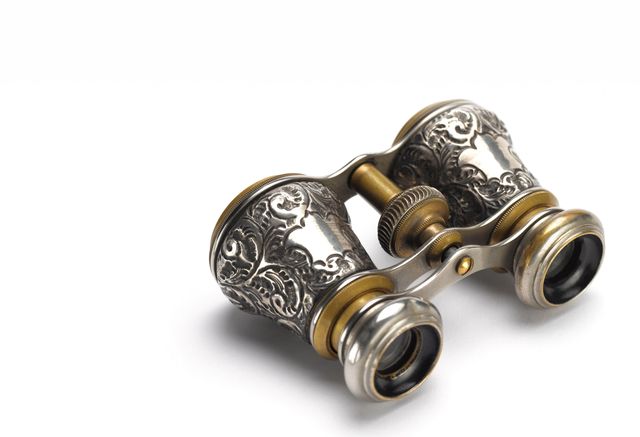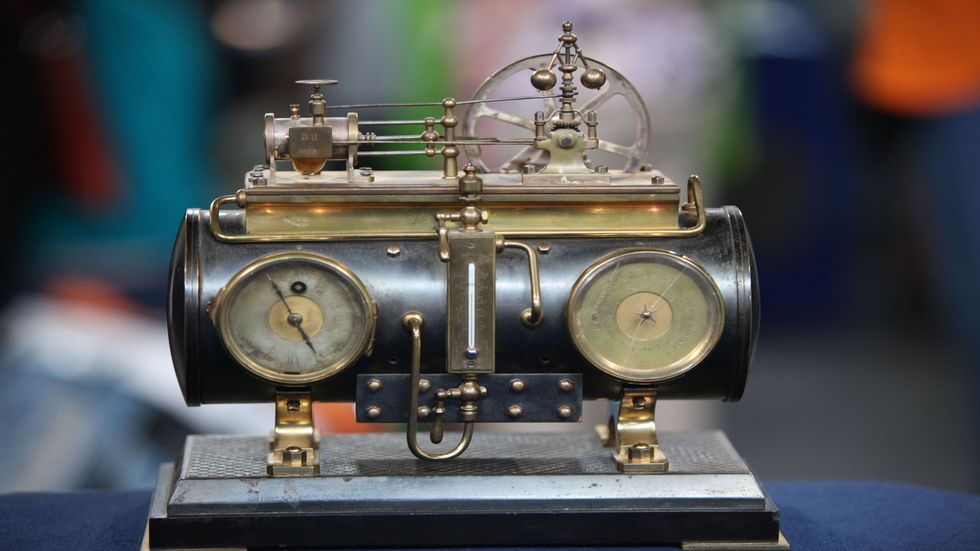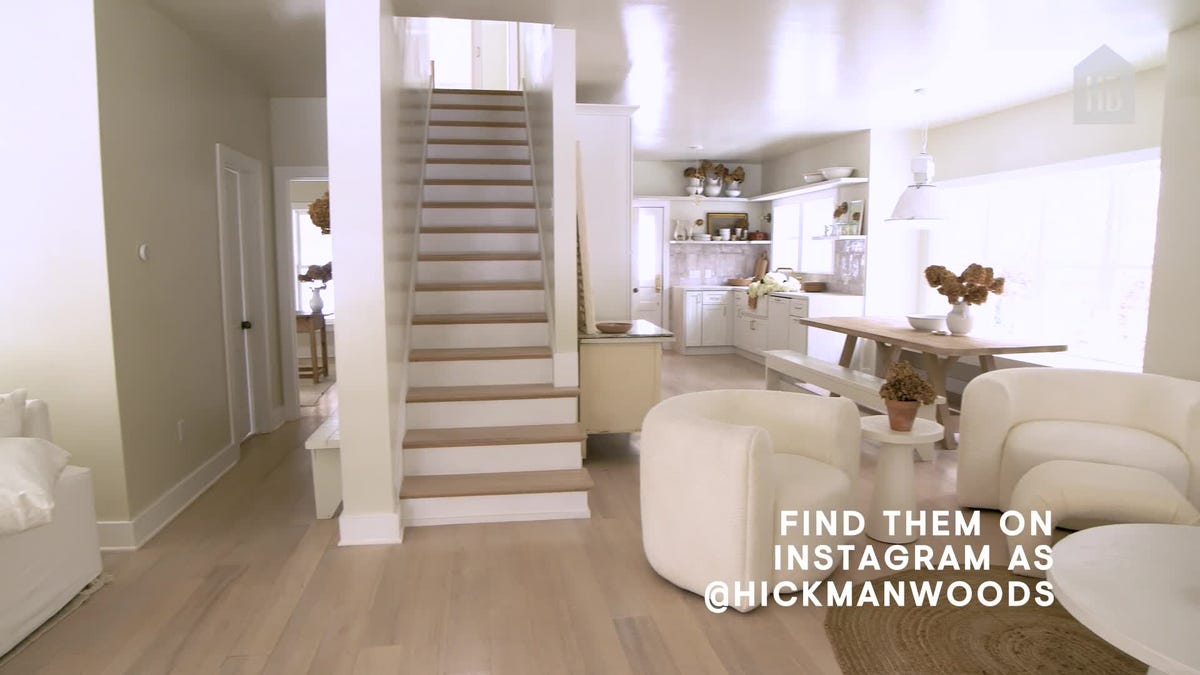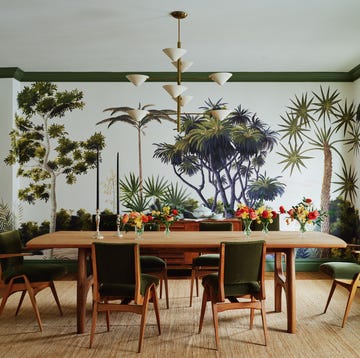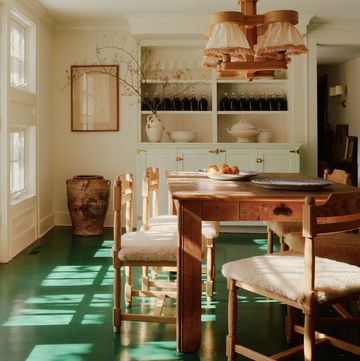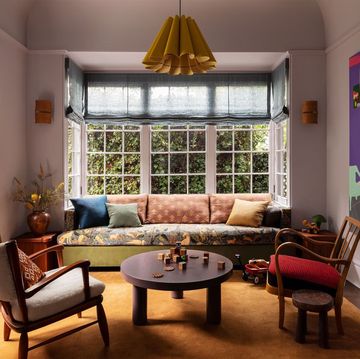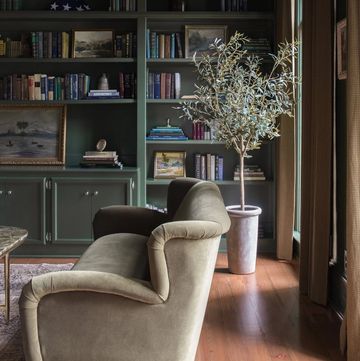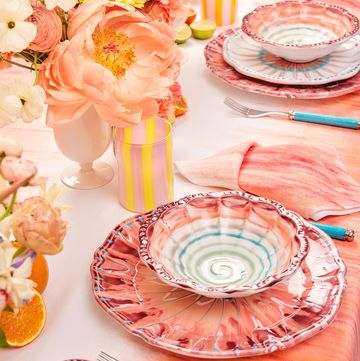If you've ever found yourself nodding, silently bewildered, as a shopkeeper tells you all about that "vintage pen case" or "antique bookstand," you're not alone.
You probably have a good idea that both terms mean old — but what's the difference? And how old do they have to be to pass the bill? And really: What's the deal with these stores selling fresh-off-the-press products and calling them "vintage"? (We're looking at you, Urban Outfitters.) With no laws that determine the use of the words, the difference between them gets fuzzy, fast.
To help straighten out all the confusion, we talked to "Antiques Roadshow" appraiser Karen Keane, who is also the CEO of the auction house Skinner, Inc.
As if the show wasn't addicting enough, Keane has enough tips on deciphering between vintage and antique to keep us busy perusing collector's shops for ages. Read on to learn her go-to criteria.
Antique
Repeat after us: At least 100 years. You may think that 1932 dresser from your grandmother is antique, but it has a few more years to go.
"One of the definitions that the government uses to allow import and export of goods, and the timeframe that's considered antique internationally, is 100 years," says Keane. "However, there may be things that are sold in the context of an antique auction or antique shop, but they're not antique."
This is where research comes into play.
The best way to make sure you're getting a true antique is to know the styles of the period you're looking to buy from. Take Victorian Rococo Revival furniture, which has been reproduced throughout history, for instance. "If something looks like a Victorian Rococo Revival piece of furniture, the seller should be telling you it was made in, say, 1870 or 1880, not 1940," says Keane. "There was actually a Victorian revival that took place in the 1940s, so you can find furniture that looks Victorian, but it isn't. It was made out of period."
It seems like common sense, but this is also why it's incredibly important to trust who you do business with when it comes to antiques.
"If you jump online and do business with someone you've never met before, you need to take what they say with a grain of salt," says Keane. "That's not to say people are disingenuous, but they might not know about the periods themselves."
Do your homework, understand the marketplace, and then find someone trustworthy to work with before purchasing an antique.
Vintage
Though "vintage" seems to be appearing more and more in shops as everyday buyers err toward a rustic and worn aesthetic, the term actually originated in a vineyard. "Vintage" comes from the French word "vendage," which refers to a vine-harvest or yield from a vineyard, primarily describing qualities of wine. It's second definition? "A period of origin or manufacturers," according to Merriam-Webster.
"Vintage is a bit of a broader term than antique," says Keane. "It should refer to something that is from a certain period. Vintage shouldn't be used without a time period attached to it."
For example, be suspicious if you see, say, "vintage telephone." By the true meaning of the word, it should specify, "vintage 60s telephone" or "vintage 80s telephone." According to Ruby Lane, an online marketplace of antique and collectible shops, vintage shouldn't refer to items less than 20 years old.
"In the 70s, I would go to garage sales and people would say, 'This is vintage 50s,'" says Keane. "Vintage has a little bit of funk in it for me. You wouldn't say vintage Victorian or vintage Art Deco."
At the end of the day, if you love a piece because of how it looks, don't worry too much about the terminology. But if you're purchasing based on the piece's history or origin, make sure you do your homework on the styles of that period before buying, and ask the sellers to go into specifics when they claim an item is "antique" or "vintage."
Besides, a little research for a great buy never goes out of style.
